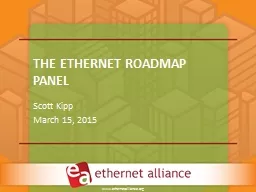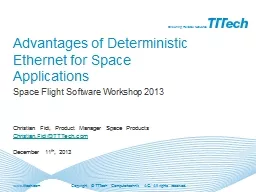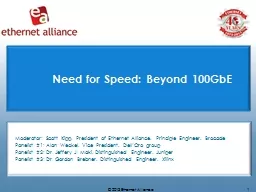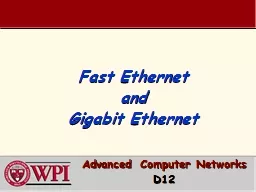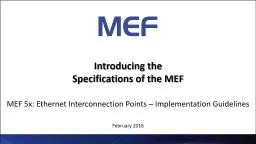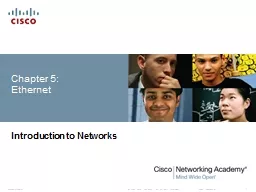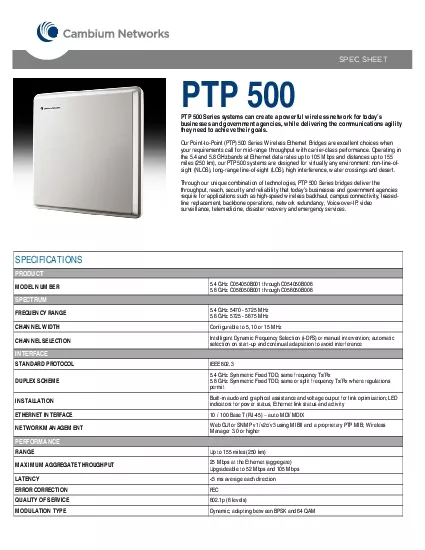PPT-The Ethernet Roadmap
Author : debby-jeon | Published Date : 2016-12-13
PAnel Scott Kipp March 15 2015 Agenda 11301140 The 2015 Ethernet Roadmap Scott Kipp Brocade 11401150 Ethernet Technology Drivers Mark Gustlin Xilinx 11501200
Presentation Embed Code
Download Presentation
Download Presentation The PPT/PDF document "The Ethernet Roadmap" is the property of its rightful owner. Permission is granted to download and print the materials on this website for personal, non-commercial use only, and to display it on your personal computer provided you do not modify the materials and that you retain all copyright notices contained in the materials. By downloading content from our website, you accept the terms of this agreement.
The Ethernet Roadmap: Transcript
Download Rules Of Document
"The Ethernet Roadmap"The content belongs to its owner. You may download and print it for personal use, without modification, and keep all copyright notices. By downloading, you agree to these terms.
Related Documents

